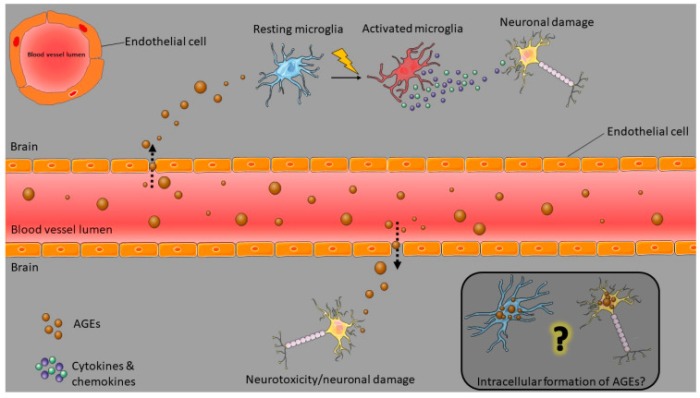This 2021 human cell study investigated sulforaphane’s gut barrier protective effects:
“Intestinal epithelial cells (IECs) are an important component of the epithelial barrier, which helps prevent passage of pathogens, toxins, and allergens from gastrointestinal lumen into the circulatory system. Destruction of the intestinal barrier increases intestinal permeability, destroys homeostasis of the immune system, and induces inflammatory responses and oxidative stress.
Interconnections in each cellular network maintain homeostasis. AMPK is a highly conserved serine/threonine protein kinase that helps regulate levels of ROS in mitochondria.
AMPK acts together with its downstream target SIRT1 to upregulate PGC-1α and help control mitochondrial biosynthesis, energy metabolism, and oxidative stress as a homeostasis-sensing network. It induces intracellular NAD+ which can show biological effects.

Sulforaphane:
- Increased cell viability and reduced lactate dehydrogenase activity in a concentration-dependent manner.
- Weakened LPS-induced increases in intestinal epithelial cell permeability and oxidative stress.
- Increased levels of antioxidants.
- Weakened the ability of LPS to induce production of inflammatory cytokines and pro-apoptotic caspases.
We showed that sulforaphane exerts these effects by activating the AMPK/SIRT1/PGC-1α cascade.”
https://www.tandfonline.com/doi/full/10.1080/21655979.2021.1952368 “Sulforaphane protects intestinal epithelial cells against lipopolysaccharide-induced injury by activating the AMPK/SIRT1/PGC-1ɑ pathway”














